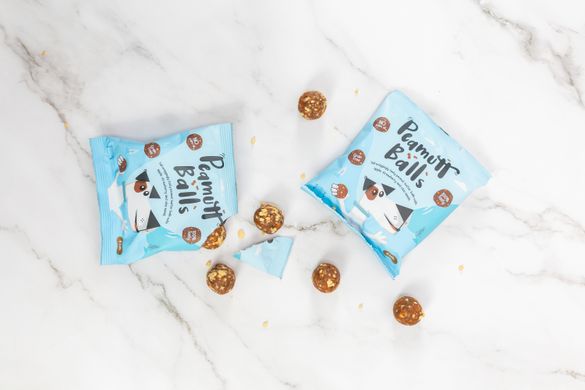Perfect for a last-minute treat or a special occasion, this no-bake cheesecake is sure to impress. Let's get started! (Before we do, please let me tell you my wife and I and our cat are just finishing off the last of our cheesecake that I made this afternoon!)
Ingredients:
For the Base:
200g digestive biscuits (Or House of Lancaster Broken Biscuits, but remove the chocolate covered ones if you'd rather)
100g unsalted butter, melted
For the Filling:
500g full-fat cream cheese
100g icing sugar
1 tsp vanilla extract
300ml double cream
For the Topping (Optional):
Fresh berries (strawberries, raspberries, blueberries)
Fruit compote or jam
Chocolate shavings
Equipment:
A 20cm (8-inch) springform tin
Food processor or rolling pin and a plastic bag
Mixing bowls
Electric mixer or whisk
Spatula
Method:
1. Preparing the Base
Crush the Biscuits: Place the digestive biscuits in a food processor and blitz until you have fine crumbs. Alternatively, put the biscuits in a plastic bag and crush them with a rolling pin.
Combine with Butter: Transfer the biscuit crumbs to a mixing bowl and pour in the melted butter. Mix until well combined and the crumbs are evenly coated.
Form the Base: Press the crumb mixture into the bottom of a springform tin, using the back of a spoon to compact it firmly and evenly. Place the tin in the fridge to chill while you prepare the filling.
2. Making the Filling
Beat the Cream Cheese: In a large mixing bowl, beat the cream cheese until smooth. You can use an electric mixer or a whisk for this step.
Add Icing Sugar and Vanilla: Sift the icing sugar into the bowl and add the vanilla extract. Continue to beat until the mixture is well combined and smooth.
Whip the Cream: In a separate bowl, whip the double cream until it forms soft peaks. Be careful not to over-whip, as you want the cream to be light and airy.
Combine Mixtures: Gently fold the whipped cream into the cream cheese mixture using a spatula. Ensure everything is well incorporated without knocking out too much air.
3. Assembling the Cheesecake
Fill the Tin: Remove the springform tin from the fridge and spoon the filling over the chilled biscuit base. Smooth the top with a spatula to create an even surface.
Chill: Cover the tin with cling film and refrigerate for at least 4 hours, or ideally overnight. This allows the cheesecake to set properly.
4. Adding the Topping
Prepare Your Toppings: While the cheesecake is chilling, prepare your desired toppings. Fresh berries, fruit compote, or chocolate shavings all make excellent choices.
Top the Cheesecake: Once the cheesecake is set, remove it from the fridge and carefully release it from the springform tin. Add your chosen toppings just before serving.
5. Serving
Slice and Enjoy: Use a sharp knife to cut the cheesecake into slices. For clean slices, wipe the knife with a warm, damp cloth between cuts.
A Few Tips:
Flavour Variations: Add a citrus twist by incorporating the zest of a lemon or lime into the filling.
Chocolate Lovers: Mix in some melted chocolate or cocoa powder to the filling for a chocolate cheesecake.
Storage: Store any leftover cheesecake in the fridge for up to 3 days.
This quick and easy cheesecake recipe is a fantastic way to enjoy a classic dessert with minimal effort. It’s perfect for any occasion and can be customised with your favourite flavours and toppings. Happy baking and even happier eating!










